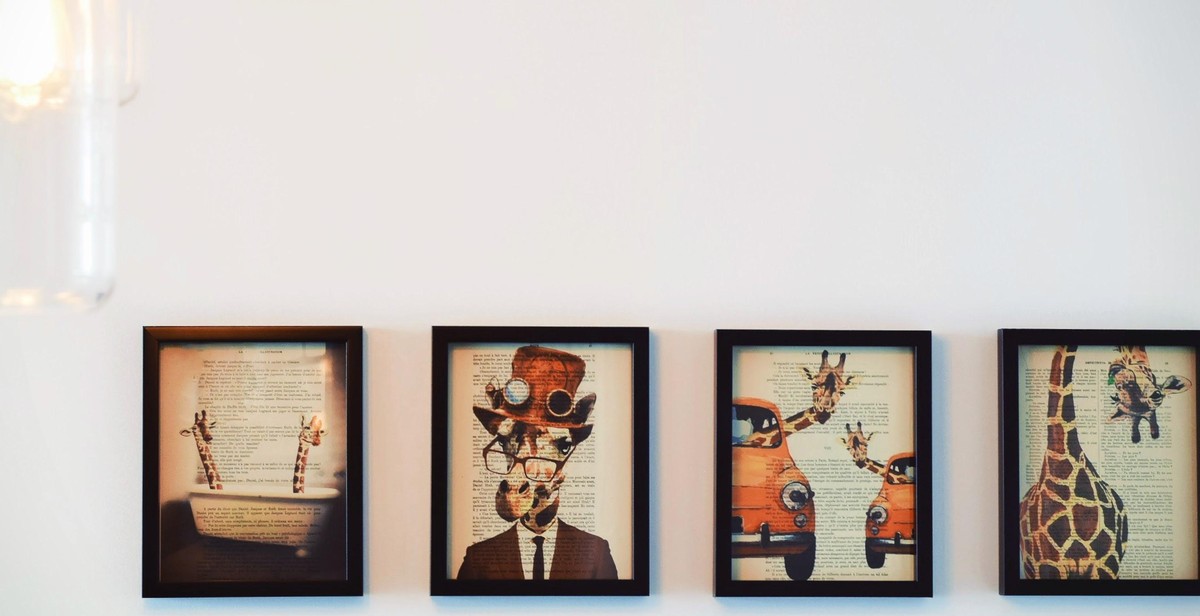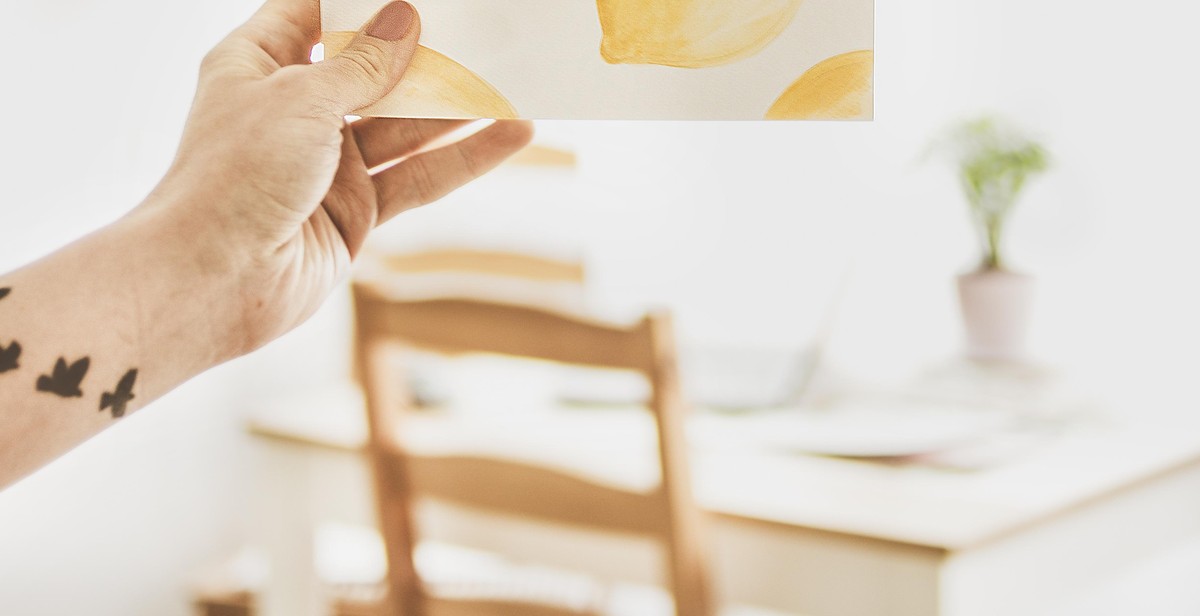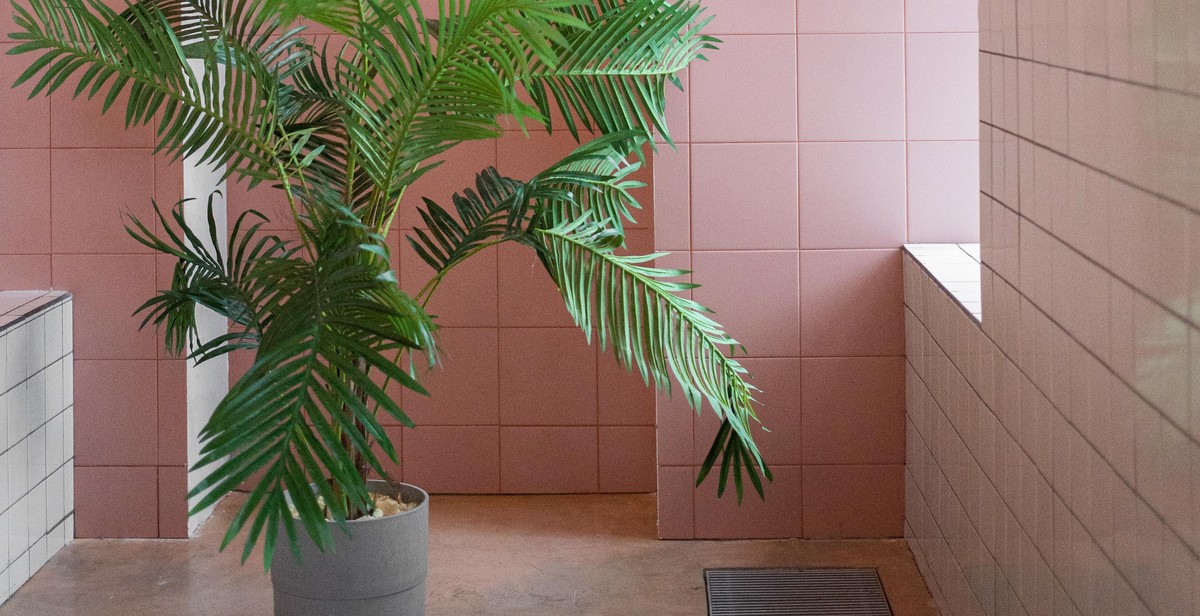How to Create a Nature-inspired Color Palette for Your Apartment: Harmonizing Interior Design
If you’re looking to spruce up your apartment’s interior design, consider a nature-inspired color palette. Incorporating natural colors and textures can create a calming and harmonious atmosphere in your home. From earthy browns to leafy greens, a nature-inspired color scheme can bring the beauty of the outdoors inside.
Why a Nature-inspired Color Palette is Important for Your Apartment
The colors we surround ourselves with have a significant impact on our mood and well-being. A nature-inspired color palette can help create a sense of peace and tranquility in your apartment. The calming effects of natural colors can reduce stress levels and create a relaxing environment.
In addition to the emotional benefits, a nature-inspired color palette is also aesthetically pleasing. The colors found in nature complement each other perfectly and can create a cohesive and harmonious look in your home. Plus, incorporating natural elements into your decor can add texture and depth to your space.
Creating a nature-inspired color palette doesn’t have to be difficult. By following a few simple tips, you can create a beautiful and calming space that brings the beauty of the outdoors inside.

Understanding the Basics of Color Theory
Color theory is a fundamental concept in art, design, and aesthetics. It is the study of how colors interact with each other and how they can be used to create harmonious and visually appealing compositions. Understanding the basics of color theory is essential for anyone looking to create a nature-inspired color palette for their apartment.
Primary, Secondary, and Tertiary Colors
Colors can be classified into three main categories: primary, secondary, and tertiary colors. Primary colors are the three colors that cannot be created by mixing any other colors together. These colors are red, blue, and yellow. Secondary colors are created by mixing two primary colors together. These colors are green, orange, and purple. Tertiary colors are created by mixing a primary color with a secondary color. These colors include red-orange, yellow-green, blue-green, etc.
Warm and Cool Colors
Colors can also be classified as warm or cool. Warm colors are those that evoke feelings of warmth, energy, and excitement. These colors include red, orange, and yellow. Cool colors, on the other hand, evoke feelings of calmness, tranquility, and relaxation. These colors include blue, green, and purple. Understanding the difference between warm and cool colors is important when creating a nature-inspired color palette for your apartment. For example, if you want to create a calming and relaxing atmosphere, you may want to use cool colors such as blue and green.
| Warm Colors | Cool Colors |
|---|---|
| Red | Blue |
| Orange | Green |
| Yellow | Purple |
By understanding the basics of color theory, you can create a nature-inspired color palette for your apartment that is visually appealing and harmonious. Whether you want to create a calming atmosphere or an energizing one, using the right colors can help you achieve your desired effect.

Choosing Your Dominant Color
When it comes to creating a nature-inspired color palette for your apartment, choosing a dominant color is one of the most important decisions you will make. Your dominant color sets the tone for your entire space and creates a cohesive look throughout your apartment. Here are some tips to help you choose the perfect dominant color:
Consider the Mood You Want to Create
The first step in choosing your dominant color is to consider the mood you want to create in your apartment. Do you want a calming and serene space? Or do you want a bold and energizing space? Your dominant color will have a significant impact on the mood of your apartment, so choose a color that reflects the atmosphere you want to create.
Match Your Dominant Color to Your Space
Another essential factor to consider when choosing your dominant color is your apartment’s size and natural lighting. If your apartment is small, choose light and airy colors like pastels or whites to create the illusion of more space. If your apartment has a lot of natural light, you can choose a bolder and darker color without making your space feel too cramped.
It’s also important to consider the existing colors in your apartment, such as flooring and furniture. Choose a dominant color that complements these existing colors rather than clashes with them.
Experiment with Color Swatches
Before committing to a dominant color, experiment with color swatches to see how different colors look in your space. Place swatches on different walls and observe how the colors change throughout the day as the lighting changes. This will help you make an informed decision and choose a color that you will be happy with for years to come.
By following these tips, you can choose the perfect dominant color for your nature-inspired color palette and create a beautiful and harmonious interior design in your apartment.

Selecting Your Accent Colors
Once you have chosen your base colors, it’s time to select some accent colors to add depth and interest to your nature-inspired color palette. Here are some tips:
Choosing Colors from Nature
Look to the natural world for inspiration when selecting your accent colors. Think about the colors of flowers, leaves, rocks, and other elements of the great outdoors. For example, if your base colors are shades of green and brown, you might choose an accent color like deep purple or bright yellow to add a pop of color.
Another way to choose accent colors is to consider the colors of the sky at different times of day. The soft pinks and oranges of a sunrise, the deep blues of midday, and the warm oranges and reds of sunset can all inspire beautiful accent colors for your nature-inspired palette.
Using Neutral Colors to Complement Your Palette
Neutral colors like white, beige, gray, and black can help to balance and complement your nature-inspired color palette. Use these colors in your furniture, curtains, and other decor elements to create a cohesive look.
For example, if your base colors are shades of green and brown, you might choose a beige or gray sofa to anchor the room. Then, add accent pillows in shades of deep purple or bright yellow to bring in some color and interest.
Remember to use neutral colors sparingly, as too much can make your space feel boring and flat. Instead, use them to create a backdrop for your nature-inspired colors to shine.
By following these tips, you can create a beautiful and harmonious nature-inspired color palette for your apartment that will bring the beauty of the outdoors inside.

Incorporating Natural Elements into Your Design
Creating a nature-inspired color palette for your apartment goes beyond just choosing the right colors. Integrating natural elements into your design can help to create a more harmonious and peaceful space. Here are some ways to incorporate natural elements into your apartment:
Integrating Plants into Your Space
Plants are a great way to bring nature into your apartment. They not only add a touch of greenery but also help to purify the air. Choose plants that thrive in low-light conditions such as snake plants, pothos, or spider plants. You can place them on a windowsill, hang them from the ceiling, or put them on a plant stand. Adding plants to your space is an easy and affordable way to create a nature-inspired color palette.
Adding Natural Textures and Materials
Natural textures and materials can add depth and warmth to your apartment. Consider incorporating materials such as wood, stone, or jute into your design. You can add a wooden coffee table, a stone vase, or a jute rug to your space. Natural textures and materials can also be incorporated into your furniture. Choose a sofa with a linen or cotton cover, or add a wooden accent chair to your living room. These materials will help to create a more organic and natural feel to your space.
When incorporating natural elements into your apartment, it’s important to keep it simple. Choose elements that complement each other and don’t overwhelm the space. A few well-placed plants or natural materials can create a big impact. By integrating natural elements into your design, you can create a more peaceful and calming space that is inspired by nature.

Bringing Your Nature-inspired Color Palette Together
After choosing your nature-inspired color palette, it’s time to bring everything together to create a harmonious interior design. Here are some tips to help you:
1. Use the 60-30-10 rule
The 60-30-10 rule is a popular interior design principle that involves using three colors in a specific ratio. The dominant color should make up 60% of the room, the secondary color should make up 30%, and the accent color should make up 10%. Use this rule to distribute your nature-inspired colors throughout the room.
2. Consider the lighting
Lighting can affect how your colors look in a room. If you have a lot of natural light, your colors may appear brighter and more vibrant. If your room is dimly lit, your colors may appear darker and muted. Consider the lighting when choosing your colors and adjust accordingly.
3. Add texture
Adding texture to a room can create visual interest and depth. Consider incorporating natural textures like wood, stone, and woven materials to complement your nature-inspired color palette.
4. Choose the right furniture
Your furniture can make or break your interior design. Choose furniture that complements your nature-inspired color palette. Neutral colors like beige and gray can create a calming effect, while bold colors like red and green can add energy and vibrancy.
5. Use artwork and accessories
Artwork and accessories can tie everything together in a room. Choose pieces that complement your nature-inspired color palette. A landscape painting or a vase of flowers can add a pop of color and bring the outdoors inside.
By following these tips, you can create a nature-inspired color palette that brings harmony and tranquility to your apartment.
